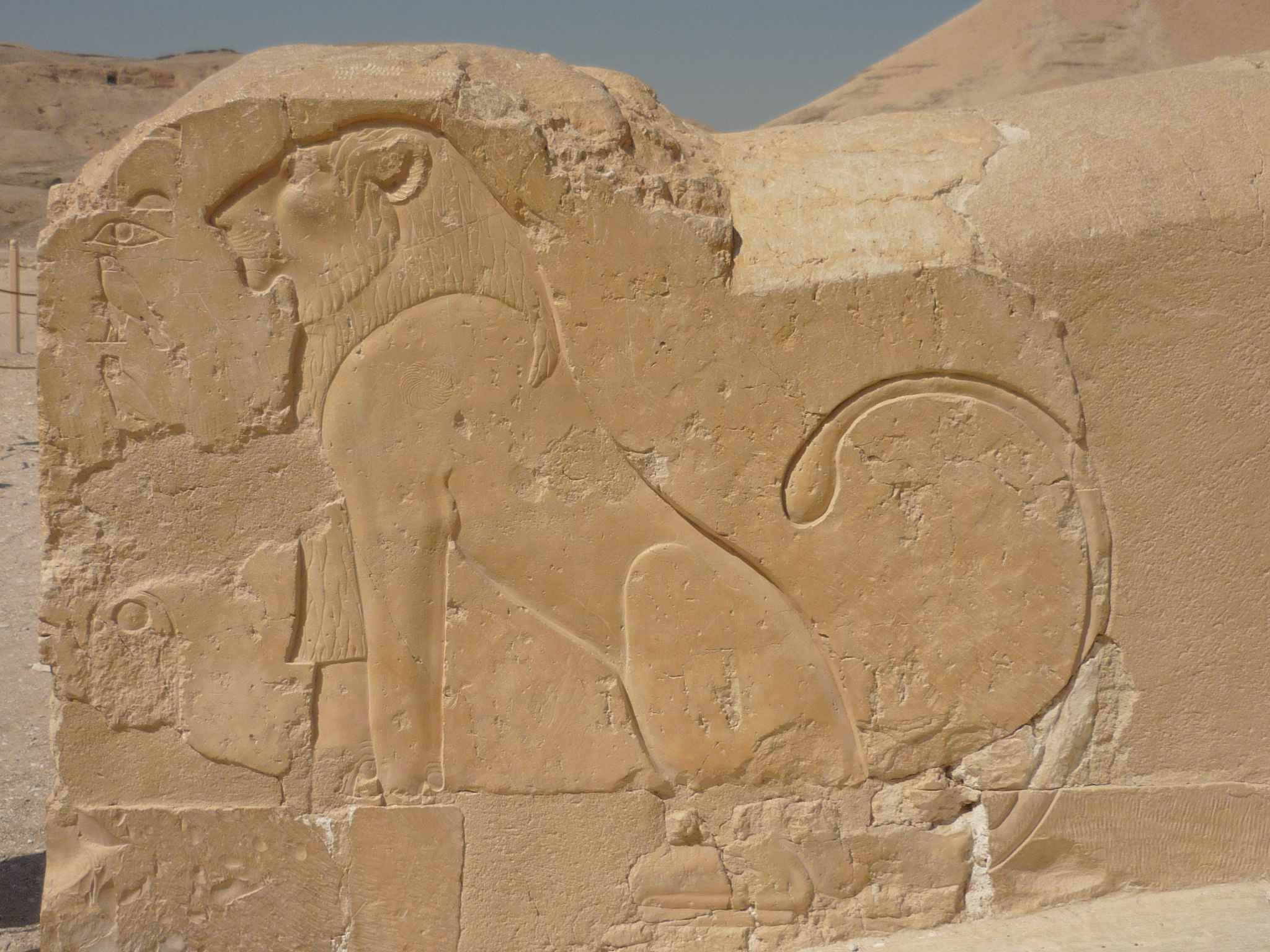At least according to the accounts recorded by John Carter and Ulysses Paxton, the way you transport yourself to the realm of Barsoom involves:
- Invoking the gods (in this case, the god associated with the planet Mars)
- Stretching both arms towards Mars when you see the planet rising above the horizon, and
- Earnestly desiring to be translated across the great void to the Red Planet.
Growing up, I read and re-read every single one of the books in the Mars series by Edgar Rice Burroughs (1875 - 1950).
The first book in that series was originally published in serial form (as a six-part serial) under the title "Under the Moons of Mars," in All-Story Magazine, running from February through July in the year 1912.
This six-part series was later published as a book in October of 1917, just over a hundred years ago. That first book was entitled A Princess of Mars.
Turning through the pages of that series now, there are certainly aspects of the writing which would seem on their surface to be racist, or at least obsessed with different races (both on Earth and on Mars), although giving Burroughs a closer reading and accounting for the fact that he was writing in the early 1900s, it turns out that his works consistently depict virtues such as courage, self-control, opposition to tyranny and devotion to duty as constituting a sort of universal ethos and bond that crosses boundaries of race, sex, or even species -- such that those who display these characteristics readily accept and admire one another, in contrast to those who display the opposite set of values, regardless of outward appearance or cultural origin.
Additionally, the theme and plot of many of the stories involves the unmasking of notions of racial superiority as fraudulent and hypocritical (often bolstered by various forms of religious superstition and manipulation as well). Furthermore, in a later and shorter series of books which has as its setting the planet Venus (and which were written during the 1930s), the villains in at least one of the books are known as "Zanis" and bear a thinly-disguised resemblance to the Nazis who were then coming to power in Germany, revealing the low regard with which Burroughs viewed such ideologies.
The technologies described in the tales of Barsoom are quite extraordinary, especially for the years in which they were written, when radio communication, aerial flight, and even automobiles were all in their infancy -- and should earn Burroughs a significant amount of respect for the way in which many of the concepts he describes anticipate developments that would become reality many decades later. Throughout the stories, the dangers inherent in excessive devotion to technology, and especially when divorced from a sense of responsibility towards the rights and dignity of others, are explored with an insight that remains extremely relevant to this day, a hundred years later.
According to the author, the stories themselves are not actually novels, but rather the published accounts from manuscripts which were given to him by those who had managed to cross the vast gulf of space through a kind of out-of-body travel or OBE.
The first of these, from John Carter, describes how he was fleeing from a party of Apaches and sought refuge in an Arizona cave, where unexpectedly "I commenced to feel a pleasant drowsiness creeping over me which I attributed to the fatigue of my long and strenuous ride, and the reaction from the excitement of the fight and the pursuit" (7). Sometime during the night, he regained consciousness, but found that he was unable to move a muscle -- and then with a superhuman effort he wrests himself free from his body and finds himself looking down upon "my own body as it had been lying all these hours, with the eyes staring toward the open ledge and the hands resting limply upon the ground" (10).
Able to move about (outside of his own body), he goes to the edge of the cave, and describes the night sky and a glorious planet shining above the horizon with a brilliance that is quite uncanny:
Few western wonders are more inspiring than the beauties of an Arizona moonlit landscape; the silvered mountains in the distance, the strange lights and shadows upon hog back and arroyo, and the grotesque details of the stiff, yet beautiful cacti form a picture at once enchanting and inspiring; as though one were catching for the first time a glimpse of some dead and forgotten world, so different is it from the aspect of any other spot upon our earth.
As I stood thus meditating, I turned my gaze from the landscape to the heavens where the myriad stars formed a gorgeous and fitting canopy for the wonders of the earthly scene. My attention was quickly riveted by a large red star close to the distant horizon. As I gazed upon it I felt a spell of overpowering fascination -- it was Mars, the god of war, and for me, the fighting man, it had always held the power of irresistible enchantment. As I gazed at it on that far-gone night it seemed to call across the unthinkable void, to lure me to it, to draw me as the lodestone attracts a particle of iron.
My longing was beyond the power of opposition. I closed my eyes, stretched out my arms toward the god of my vocation and felt myself drawn with the suddenness of thought through the trackless immensity of space. There was an instant of cold and utter darkness.
I opened my eyes upon a strange and weird landscape. I knew that I was on Mars [ . . . ]. 11 - 12.
Although A Princess of Mars was the first of the Barsoom series, it was not the first one that I read (it was the second). The first one I ever read, which introduced me to the series, was A Mastermind of Mars (first published in 1927), which remains one of the best and one of my favorites (although there are a couple others which became my all-time favorites).
In that account, ostensibly from a manuscript sent to Burroughs in 1925 from Ulysses Paxton, Late Captain, --th Infantry, US Army, a similar method of crossing the vastness of space between the ordinary world and the landscape of Mars is described. In a letter prefacing the full story, Ulysses Paxton (later to be known as Vad Varo on Barsoom), explains that, among the filth and the mud of the trenches in the First World War, there came at last to him "what had come to so many others upon those bloody fields," and after advancing with a small detachment, he had received orders to fall back to the new line:
That is the last I remember until I regained consciousness after dark. A shell must have burst among us. [ . . . ] For some reason I was not bleeding excessively, yet I know I had lost a great deal of blood, enough to put me out of my misery in a short time if I were not soon found [ . . . ]. Then my eyes suddenly focused upon the bright red eye of Mars and there surged through me a sudden wave of hope. I stretched out my arms toward Mars, I did not seem to question or to doubt for an instant as I prayed to the god of my vocation to reach forth and succor me. I knew that he would do it, my faith was complete [ . . . ] Suddenly I felt myself drawn with the speed of thought through the trackless wastes of interplanetary space. There was an instant of extreme cold and utter darkness, then --
[ . . . ] I must have closed my eyes involuntarily during the transition for when I opened them I was lying flat on my back gazing up into the brilliant, sun-lit sky [ . . . ] 360 - 363.
Of course, some may have their doubts as to whether these stories are actually manuscripts from those who had managed to leap across the void of space to another world, or whether they are in fact fantasy novels. Nevertheless, some interesting principles are displayed in both of these passages, which make them worthy of at least passing comment:
- First, the gods respond in an instant when called upon, which is actually a characteristic attested to in myths and scriptures stretching back to the Sanskrit texts of ancient India, as discussed in previous posts such as this one (the god Thor from the ancient Norse myths displays the same characteristic of appearing whenever called upon in urgent need, as discussed in that same post).
- Second, the invisible powers of the Other Realm are made visible to us when we contemplate the infinite heavens over our heads, as described in each of these passages.
- And finally, in each case, a close reading of the texts (not all of which are cited in the above quotations) will reveal that what the narrator needs is actually already present, deep inside of them. This is one of the most central and important of the messages contained in the ancient wisdom given to all the different cultures around the world: the answer is already in our grasp, and is contained within.
The heavenly cycles have once again brought the planet Mars "close to the distant horizon," as described by John Carter in that very first installment of the Barsoom series, first printed in February of 1912. Indeed, the Red Planet is so brilliant and so dominant as it rises in the east during the hours after sunset and before midnight that it looks close enough to reach out (with both arms) and effect a transmigration across the "trackless immensity of space," if one so desired.
But whether, like John Carter and Ulysses Paxton, your wish is to leave the confines of Jasoom and bound across the landscape of Mars, or whether you have other flights of desire which are to you more urgent, I would suggest that you keep in mind the lessons revealed in the passages cited above -- particularly the final and most important point, that the solution is already available within, and that the gods (throughout all the ancient epics and poems) bring about the desired result through the very actions and inner resources of the one who calls upon them in the first place.
These would be worthy concepts to think about, while gazing at the brilliant Red Planet in the night sky, shining with a light that is brighter than I ever remember seeing it display before.
---------
Below is an illustration from the frontispiece of the 1962 Dover edition of Three Martian Novels cited above for the passage from Chessmen of Mars (I had this edition as a child, as well as others). This illustration is by James Allen St. John (1872 - 1957) and accompanied the original 1920 publication of Thuvia, Maid of Mars (also included in that Dover edition). It is accompanied by the following quotation from the text: "As the great that and his rider hurtled past, Carthoris swung his long-sword in a mighty cut."
The peerless illustrations of Frank Frazetta included in my 1970 hardbound edition of A Princess of Mars (from which the first quotation above was cited) are unfortunately not available on Wikimedia commons in the public domain, so I have included a pencil drawing of my own (at top) which I did in the 1980s of one of the amazing Frazetta illustrations in that edition, entitled "Scarcely had his hideous laugh rung out when I was upon him . . . " (and found on page 55 of the 1970 Doubleday hardback). You can find various websites showing the actual artwork of Frank Frazetta (1928 - 2010) on the web.



















